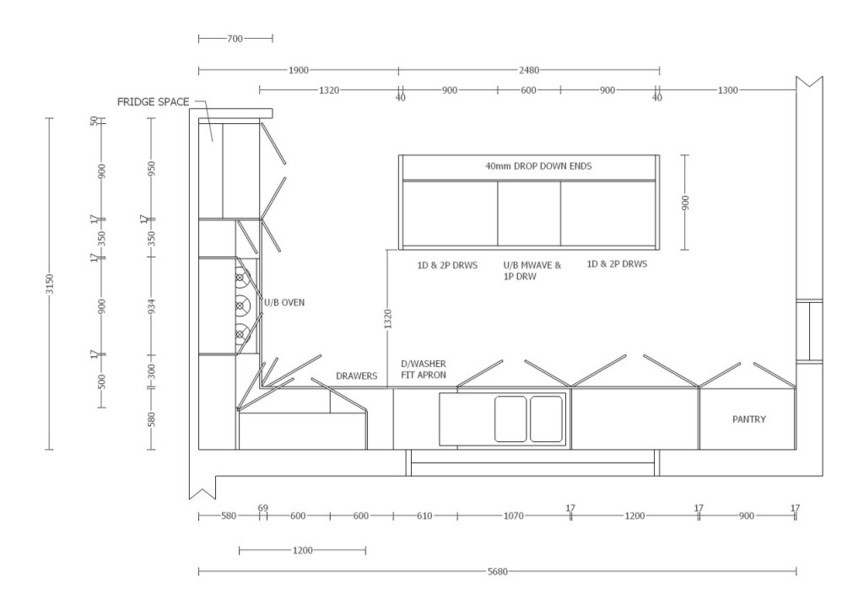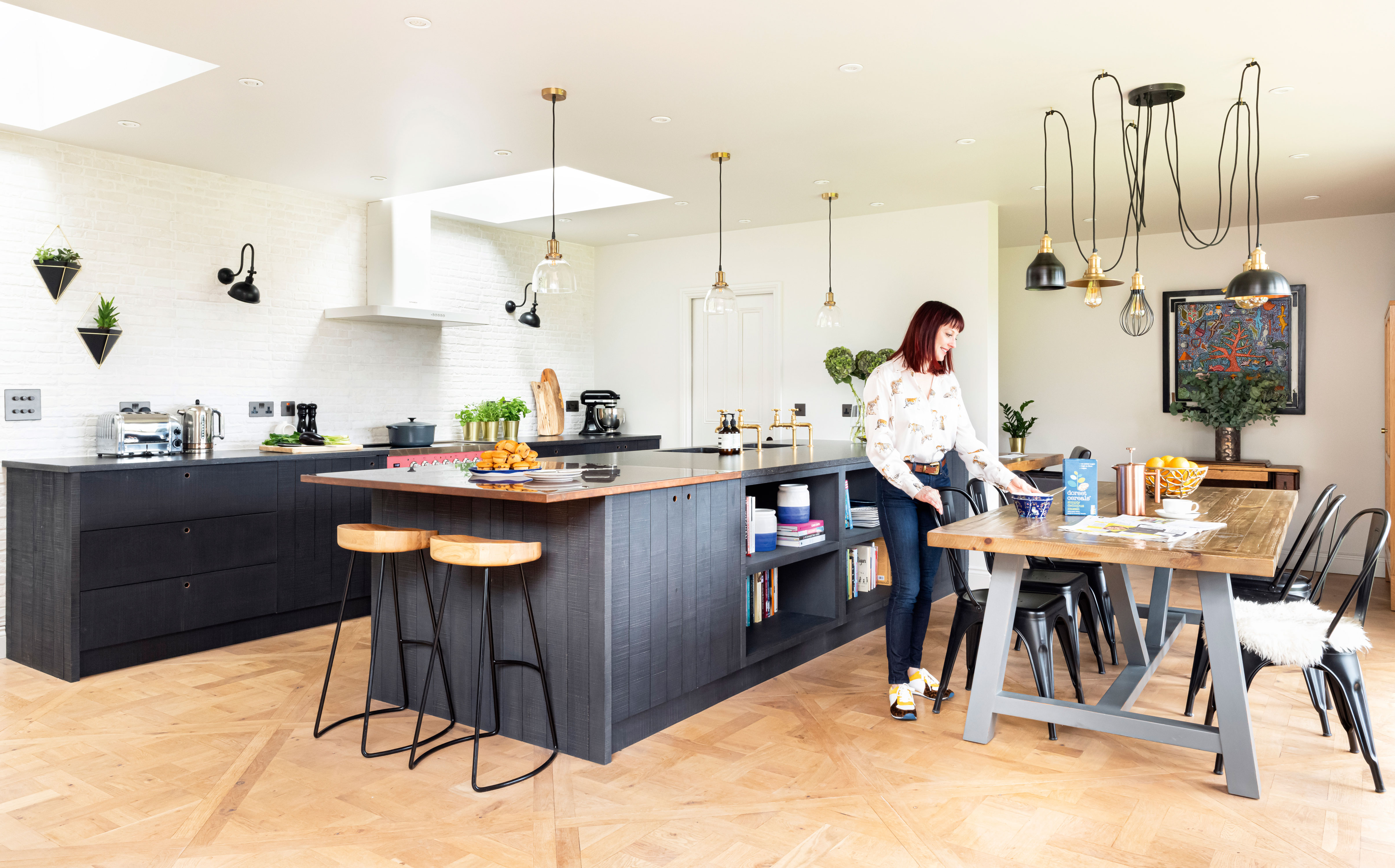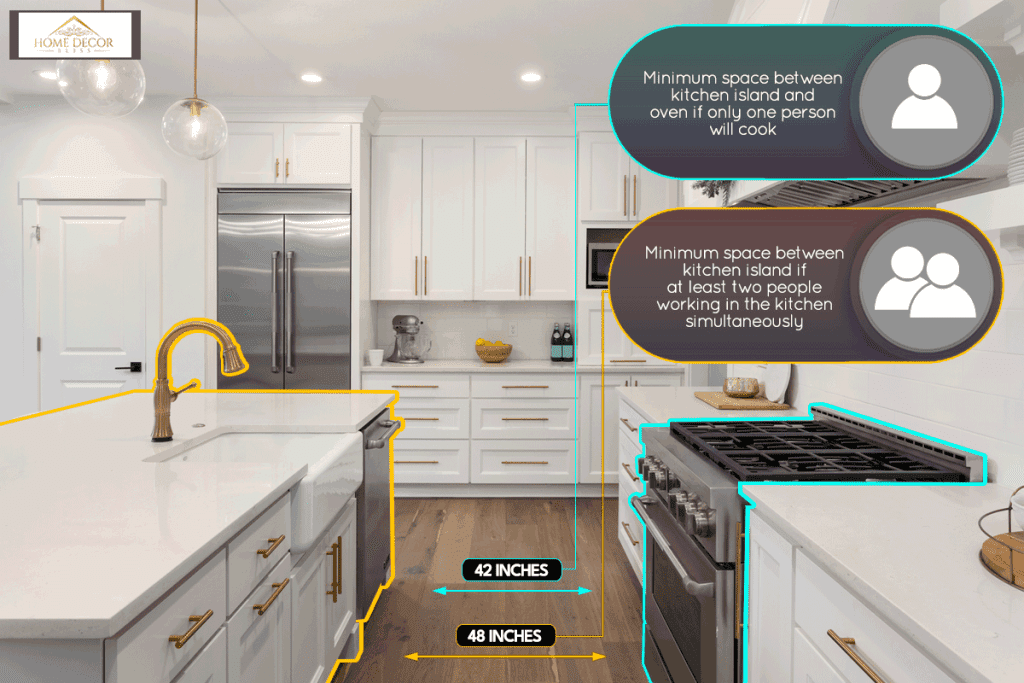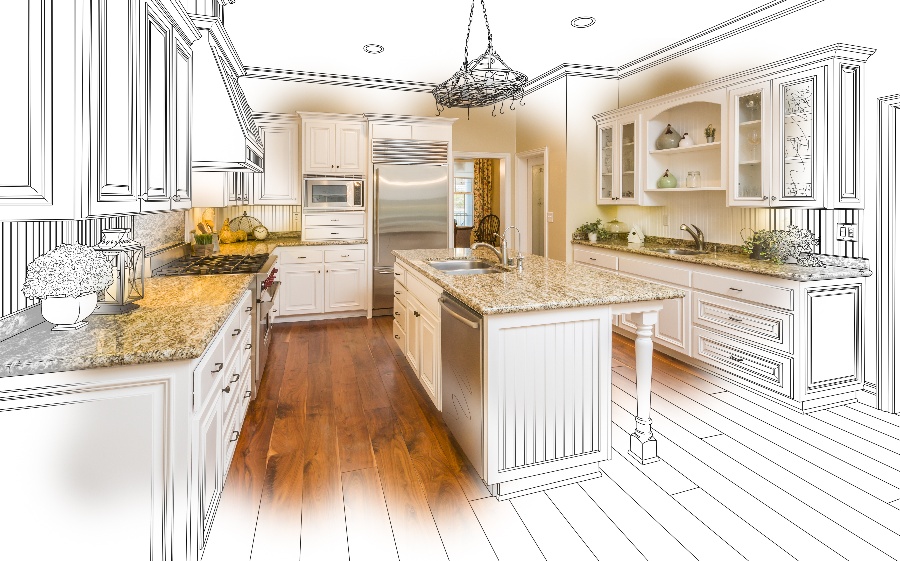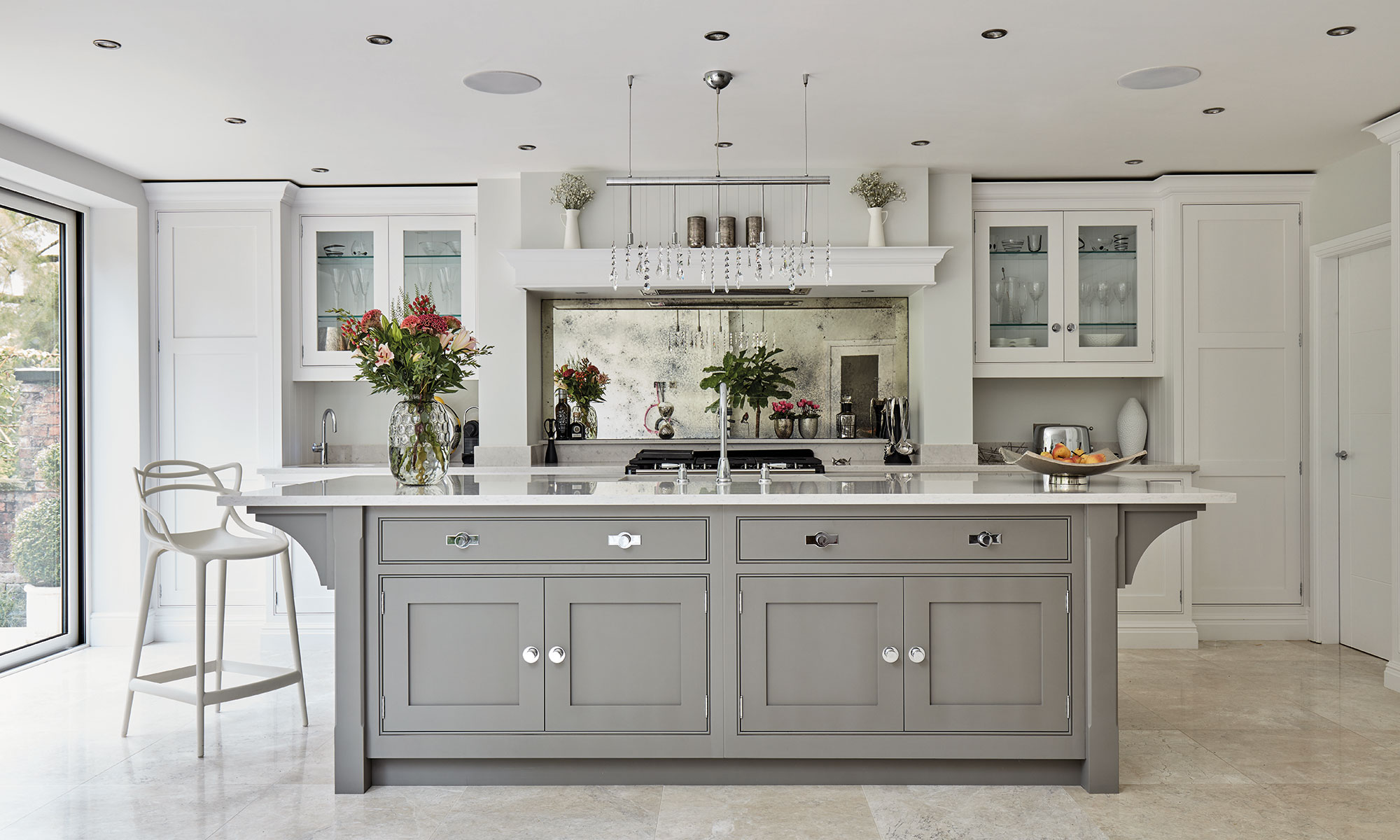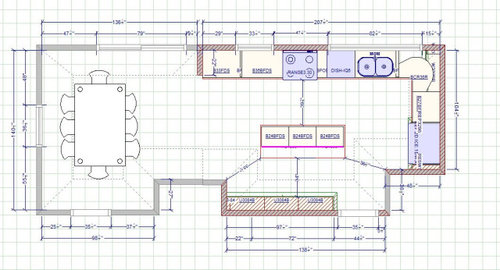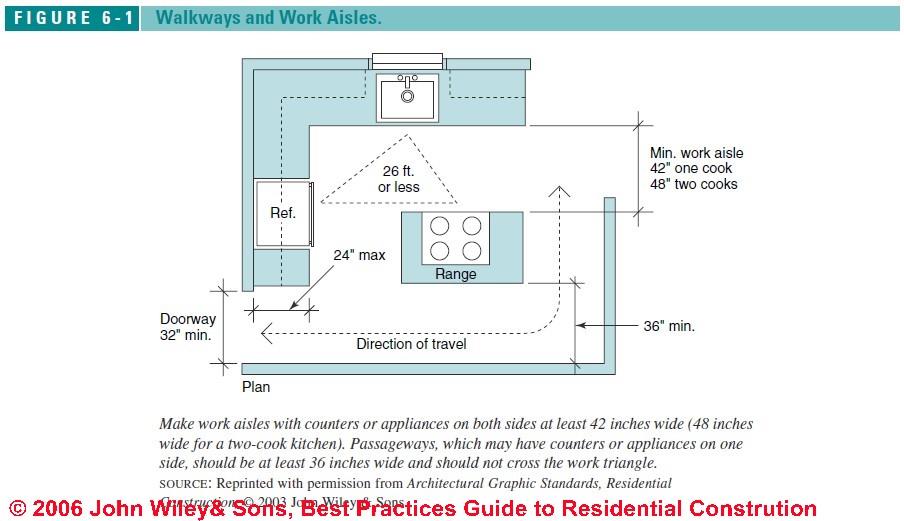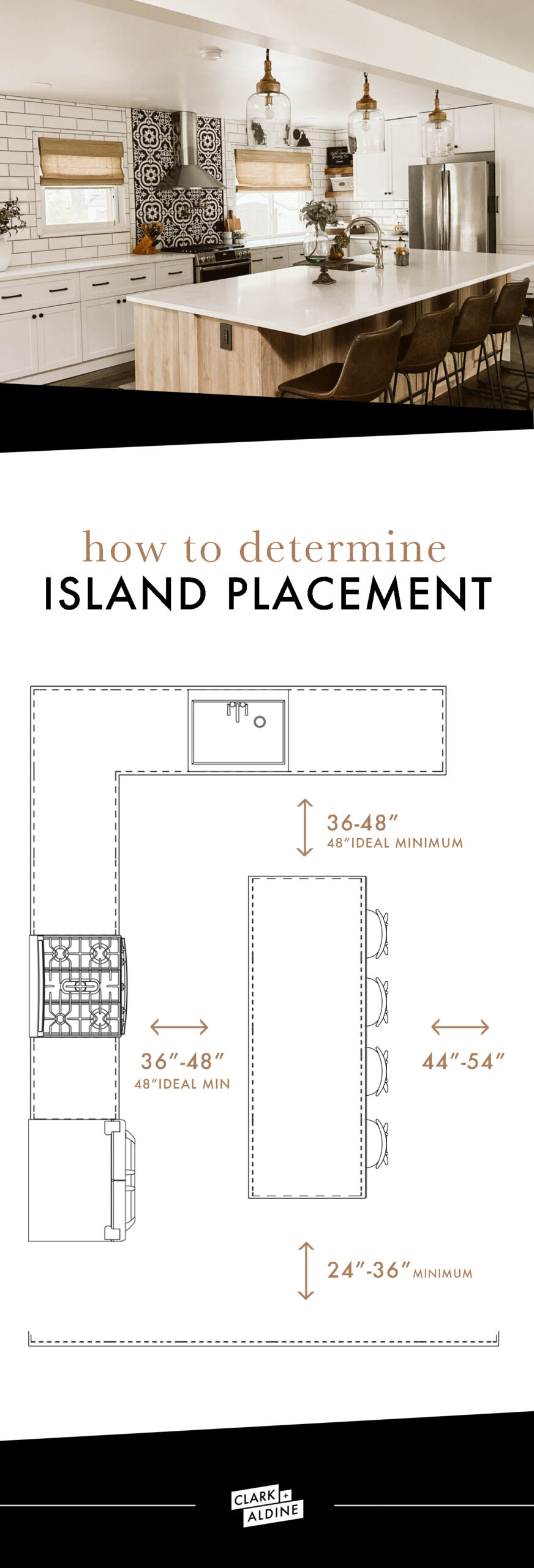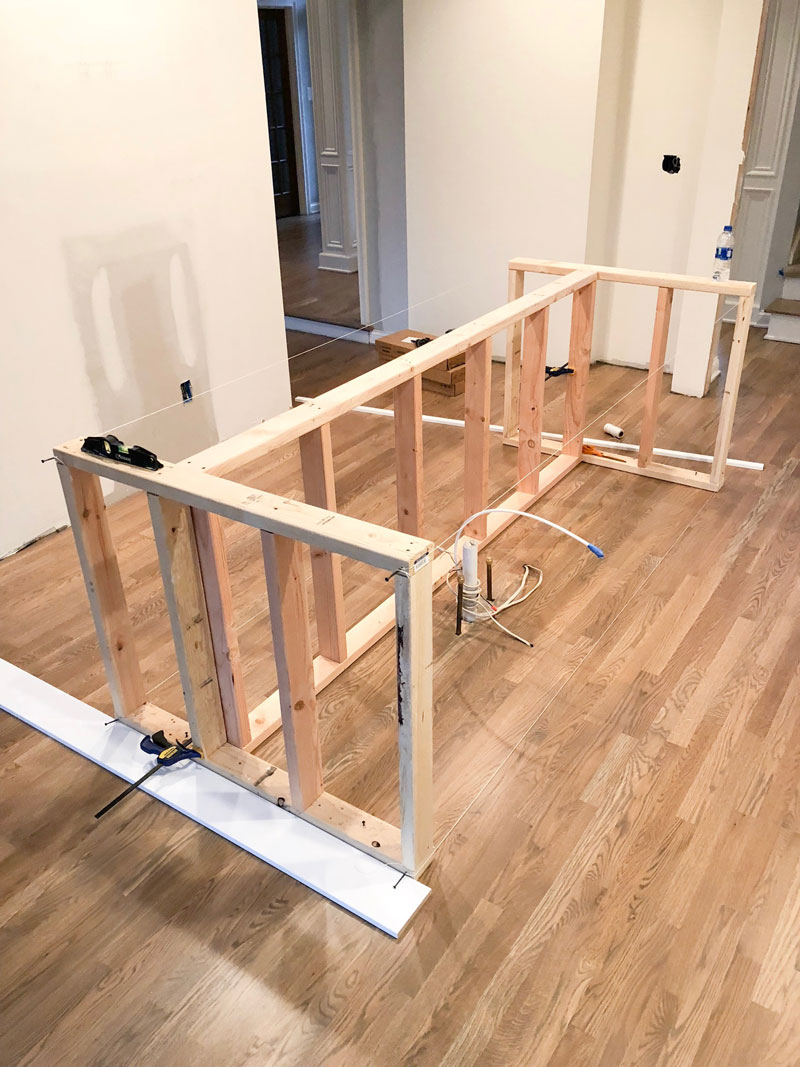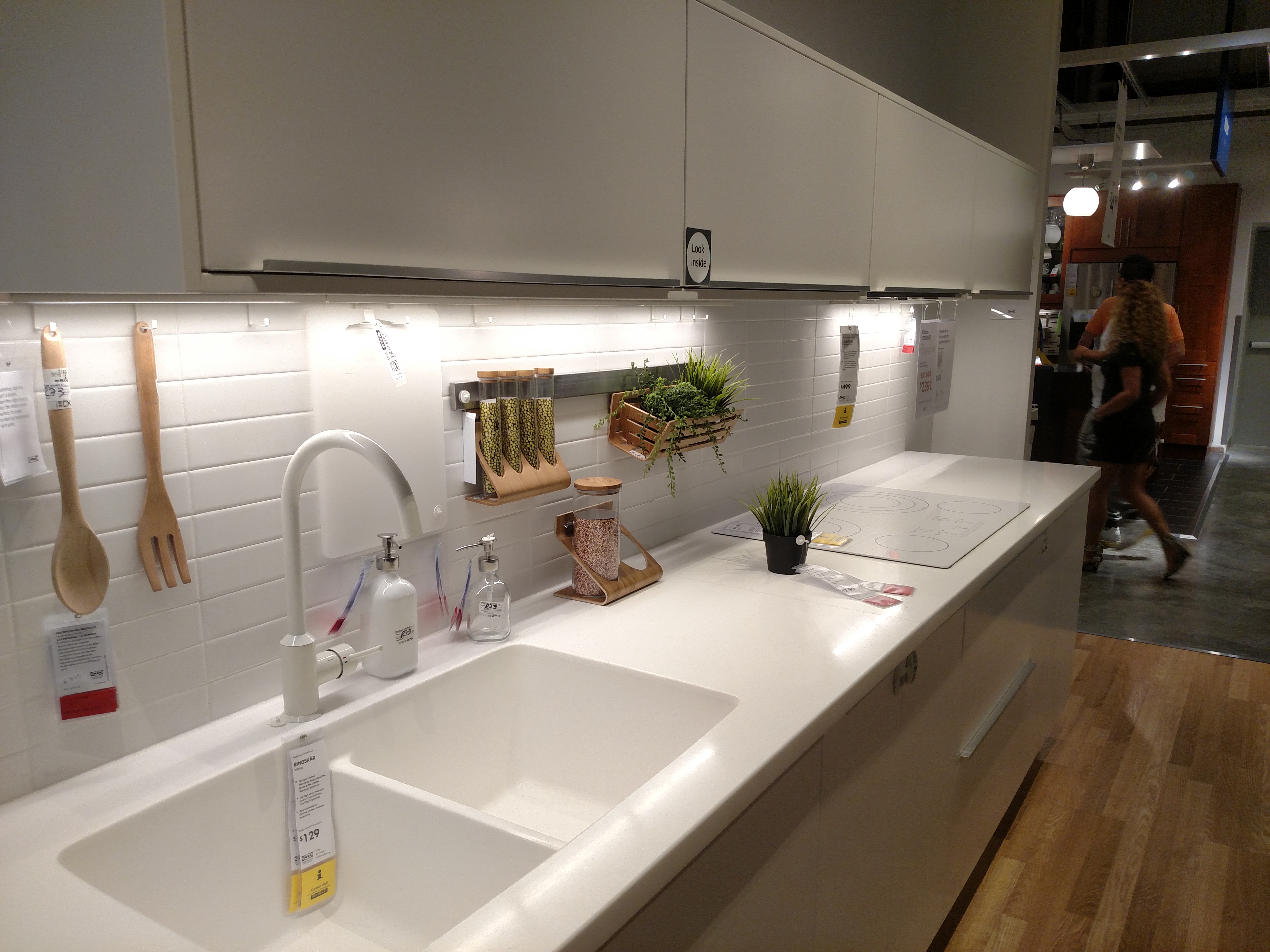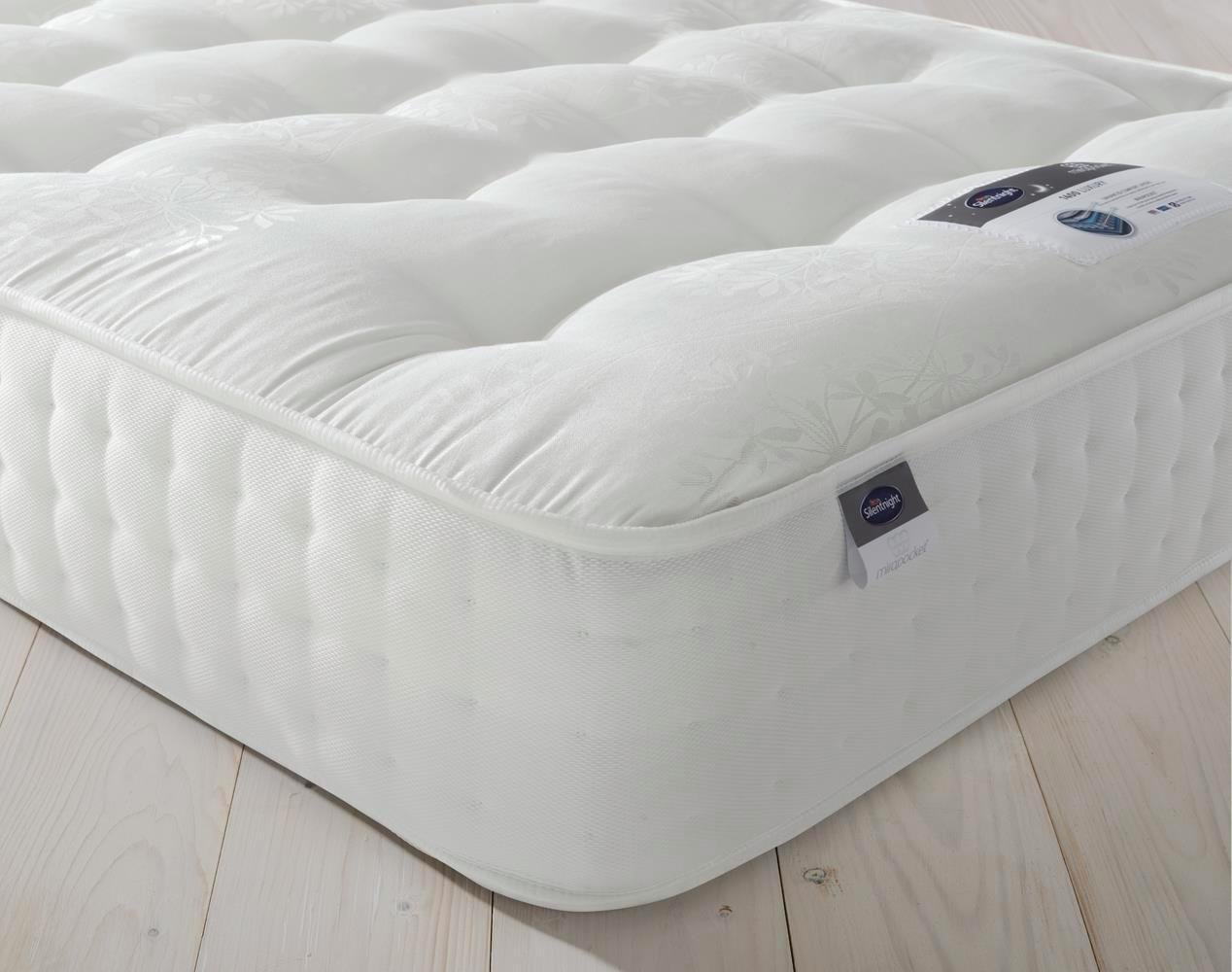When it comes to designing a functional and efficient kitchen, the placement of your kitchen island is crucial. One important factor to consider is the distance between your kitchen island and the surrounding walls. The standard distance between a kitchen island and wall is typically around 36 inches, but this can vary depending on the size and layout of your kitchen. This distance is important for several reasons. It allows for enough space to comfortably move around the island and work in the kitchen without feeling cramped. It also ensures that there is enough space for cabinet and appliance doors to open fully without hitting the island or the wall. Having the standard distance of 36 inches between your kitchen island and wall is a good starting point when designing your kitchen layout. However, there are other factors to consider to determine the optimal distance for your specific kitchen.1. Standard distance between kitchen island and wall
The optimal distance between your kitchen island and wall will depend on the size and shape of your kitchen, as well as your personal preferences and needs. In some cases, the standard distance of 36 inches may be too much or too little. If you have a smaller kitchen, you may want to decrease the distance between your island and wall to save space and create a more efficient workflow. On the other hand, if you have a larger kitchen, you may want to increase the distance for a more open and spacious feel. It's important to consider how you plan to use your kitchen island. If you plan to use it mainly for food preparation, you may want to have more space between the island and wall to have room for multiple people to work. However, if you plan to use it for seating and entertaining, you may want to decrease the distance for a more intimate feel.2. Optimal distance between kitchen island and wall
The recommended distance between your kitchen island and wall will ultimately depend on your personal preferences and needs. However, there are some general guidelines to keep in mind when determining the distance. A good rule of thumb is to have at least 42 inches of space between your island and any surrounding walls. This allows for enough space for two people to comfortably pass by each other and work in the kitchen without feeling cramped. Keep in mind that this distance may vary depending on the size of your kitchen and the size of your island. If you have a larger island, you may want to increase the distance between the island and wall for a more spacious feel.3. Recommended distance between kitchen island and wall
The ideal distance between your kitchen island and wall will depend on your specific needs and preferences. However, there are some key factors to consider when determining the ideal distance. First, consider the size and layout of your kitchen. If you have a smaller kitchen, a distance of 36 inches may be ideal to save space and create a more efficient workflow. If you have a larger kitchen, a distance of 42 inches or more may be ideal for a more open and spacious feel. Second, think about how you plan to use your kitchen island. If you plan to use it mainly for food preparation, you may want to have more space between the island and wall. If you plan to use it for seating and entertaining, you may want to decrease the distance for a more intimate feel.4. Ideal distance between kitchen island and wall
The minimum distance between your kitchen island and wall is typically around 36 inches, as this is the standard distance. However, this distance may vary depending on the size and layout of your kitchen. If you have a smaller kitchen, you may be able to get away with a distance of 30 inches between your island and wall. This will save space and still allow for enough room for movement and functionality. However, it's important to keep in mind that decreasing the distance too much may make the space feel cramped and hinder your ability to fully open cabinet and appliance doors.5. Minimum distance between kitchen island and wall
The maximum distance between your kitchen island and wall will depend on the size and layout of your kitchen. However, a good rule of thumb is to have no more than 48 inches between the island and wall. If you have a larger kitchen, you may be able to increase the distance up to 60 inches for a more open and spacious feel. However, keep in mind that having too much distance between the island and wall may make it difficult to reach items and work efficiently in the kitchen. The maximum distance may also vary depending on the size of your island. If you have a smaller island, you may want to decrease the distance to maintain a balanced and functional layout.6. Maximum distance between kitchen island and wall
The safe distance between your kitchen island and wall is important for both functionality and safety. Having enough space between the island and wall ensures that you can move around and work in the kitchen without feeling cramped or restricted. It also helps to prevent accidents and injuries, such as bumping into the island or having cabinet doors hit the island or the wall. The standard distance of 36 inches is considered a safe distance, but you may want to increase it depending on your specific needs and preferences.7. Safe distance between kitchen island and wall
The practical distance between your kitchen island and wall will depend on how you plan to use your kitchen and the layout of your space. It's important to consider both functionality and aesthetics when determining the practical distance. For example, if you have a small kitchen, you may want to decrease the distance to save space and create a more efficient workflow. However, if you have a large kitchen, you may want to increase the distance for a more open and spacious feel. Ultimately, the practical distance will vary from kitchen to kitchen and will depend on your personal preferences and needs.8. Practical distance between kitchen island and wall
The functional distance between your kitchen island and wall is crucial for creating a functional and efficient kitchen layout. This distance should allow for easy movement and work flow in the kitchen, while also providing enough space for cabinet and appliance doors to open fully. It's important to consider how you plan to use your kitchen island and the size of your kitchen when determining the functional distance. This distance may vary depending on your specific needs and preferences. Having a functional distance between your kitchen island and wall will help to make your daily tasks in the kitchen easier and more efficient.9. Functional distance between kitchen island and wall
The efficient distance between your kitchen island and wall will depend on your specific needs and preferences. However, there are some key factors to consider when determining the efficient distance. First, think about your daily tasks in the kitchen. If you plan to use your island for food preparation, you may want to have more space between the island and wall to have room for multiple people to work. If you plan to use it for seating and entertaining, you may want to decrease the distance for a more intimate feel. The efficient distance will also depend on the size and layout of your kitchen. Consider all these factors to determine the ideal distance for your specific kitchen.10. Efficient distance between kitchen island and wall
The Importance of Distance Between Kitchen Island and Wall in House Design
:max_bytes(150000):strip_icc()/distanceinkitchworkareasilllu_color8-216dc0ce5b484e35a3641fcca29c9a77.jpg)
The Kitchen Island: A Popular Feature in Modern House Design
:max_bytes(150000):strip_icc()/kitchenworkaisleillu_color3-4add728abe78408697d31b46da3c0bea.jpg) In recent years, the kitchen island has become a coveted feature in modern house designs. This multi-functional element provides additional storage, workspace, and often serves as a gathering spot for family and friends. However, the placement of the kitchen island in relation to the surrounding walls is a crucial factor to consider in order to achieve an optimal and functional kitchen layout. One of the key considerations in this regard is the distance between the kitchen island and the wall.
In recent years, the kitchen island has become a coveted feature in modern house designs. This multi-functional element provides additional storage, workspace, and often serves as a gathering spot for family and friends. However, the placement of the kitchen island in relation to the surrounding walls is a crucial factor to consider in order to achieve an optimal and functional kitchen layout. One of the key considerations in this regard is the distance between the kitchen island and the wall.
The Impact of Distance on Traffic Flow and Functionality
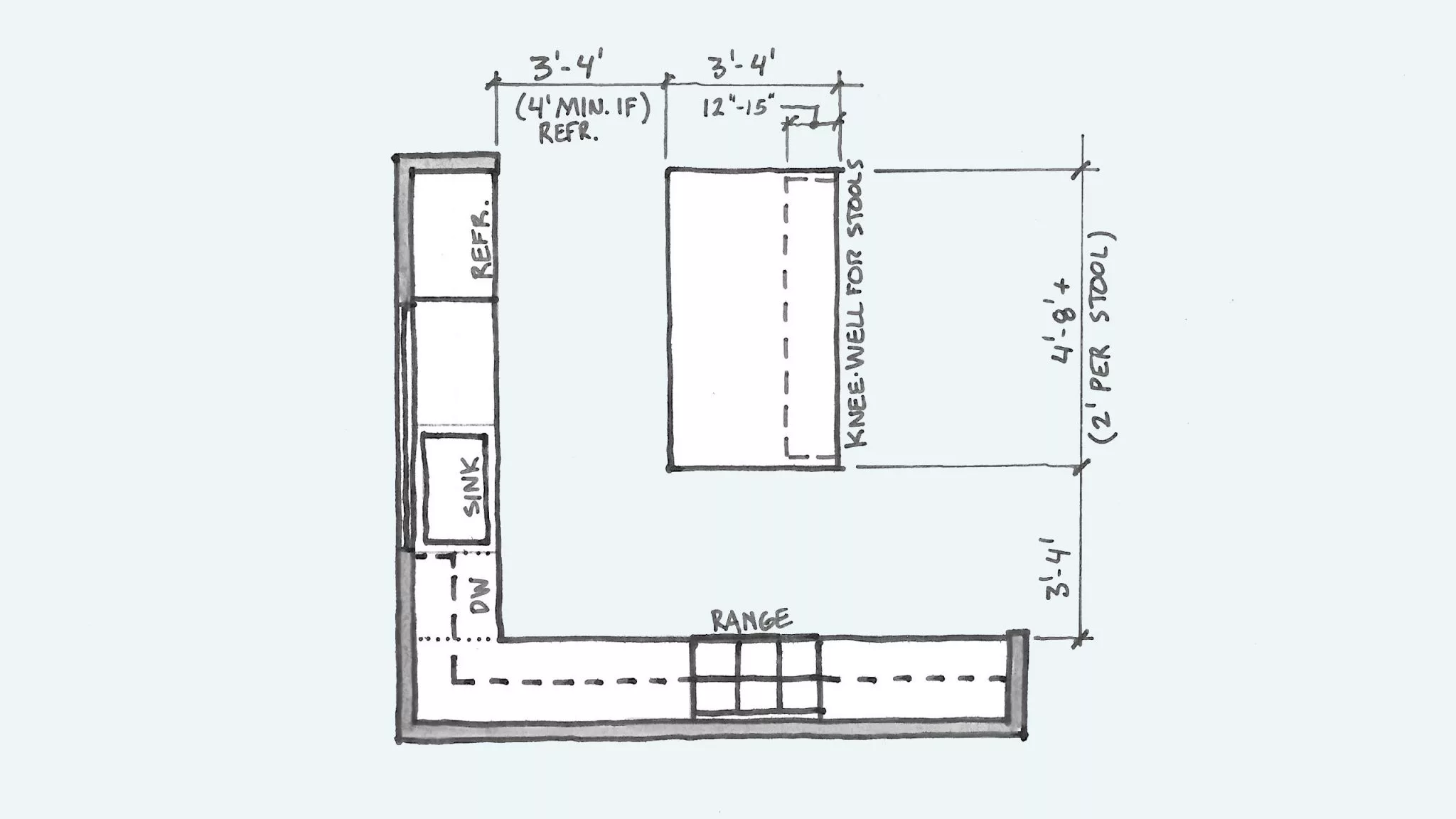 The distance between the kitchen island and the wall plays a significant role in the overall functionality and flow of a kitchen. A well-placed island can enhance the efficiency of the work triangle, which is the area between the stove, sink, and refrigerator. This is because the island can act as a central hub, reducing the distance between these three essential elements and making it easier for the cook to move around and prepare meals. However, if the distance is too small, it can impede traffic flow and create a cramped and uncomfortable space.
The distance between the kitchen island and the wall plays a significant role in the overall functionality and flow of a kitchen. A well-placed island can enhance the efficiency of the work triangle, which is the area between the stove, sink, and refrigerator. This is because the island can act as a central hub, reducing the distance between these three essential elements and making it easier for the cook to move around and prepare meals. However, if the distance is too small, it can impede traffic flow and create a cramped and uncomfortable space.
The Ideal Distance Between Kitchen Island and Wall
:max_bytes(150000):strip_icc()/seatingreccillu_color8-73ec268eb7a34492a1639e2c1e2b283c.jpg) So, what is the ideal distance between the kitchen island and the wall? The general rule of thumb is to leave a minimum of 42 inches of space between the island and surrounding walls. This allows for comfortable movement and ensures that cabinet doors and drawers can be opened without obstruction. However, this distance may vary depending on the size of the kitchen and the desired functionality. For larger kitchens, a distance of 48 inches or more may be more suitable, while smaller kitchens may require a minimum of 36 inches.
So, what is the ideal distance between the kitchen island and the wall? The general rule of thumb is to leave a minimum of 42 inches of space between the island and surrounding walls. This allows for comfortable movement and ensures that cabinet doors and drawers can be opened without obstruction. However, this distance may vary depending on the size of the kitchen and the desired functionality. For larger kitchens, a distance of 48 inches or more may be more suitable, while smaller kitchens may require a minimum of 36 inches.
The Impact of Distance on Aesthetics
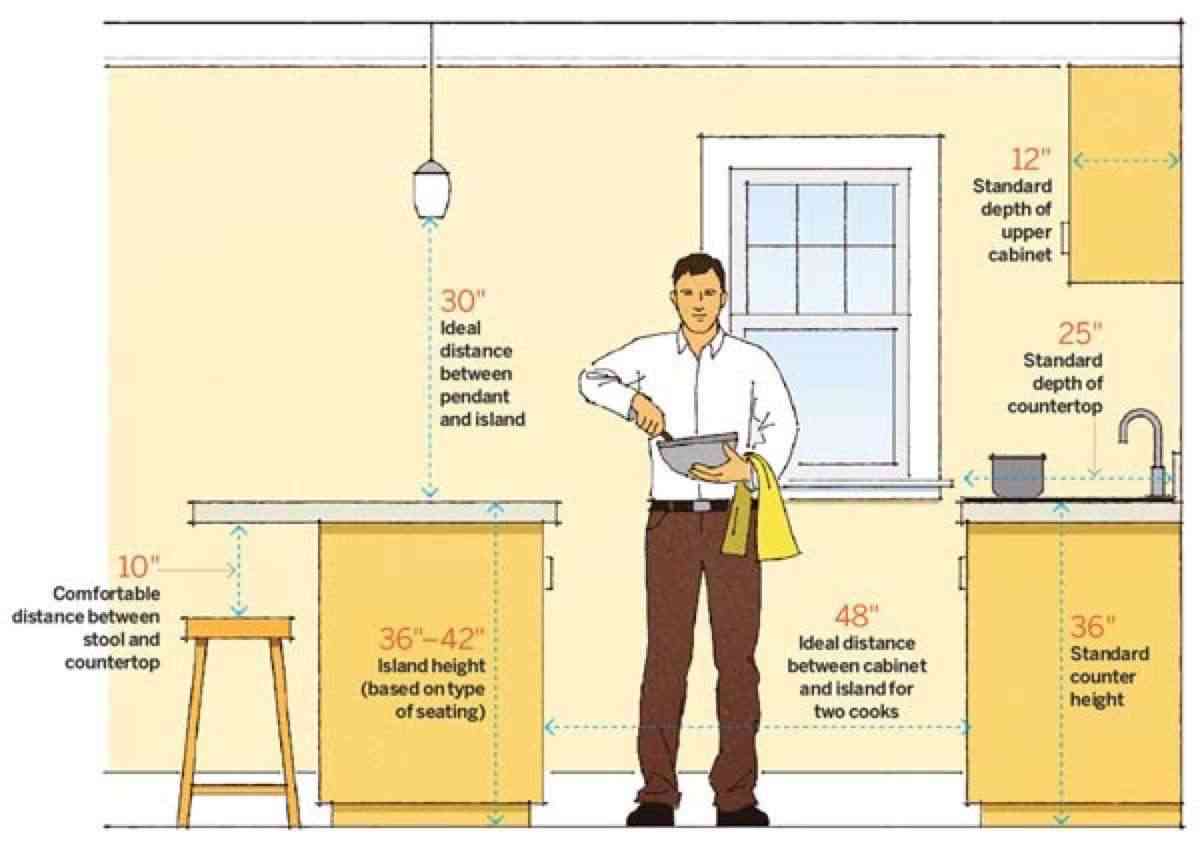 Aside from functionality, the distance between the kitchen island and the wall also has an impact on the overall aesthetics of the space. Too much distance can create a disconnected and unbalanced look, while too little distance can make the kitchen feel cluttered and cramped. Striking the right balance is crucial, and it is recommended to consult with a professional designer to determine the ideal distance based on the specific layout and dimensions of your kitchen.
Aside from functionality, the distance between the kitchen island and the wall also has an impact on the overall aesthetics of the space. Too much distance can create a disconnected and unbalanced look, while too little distance can make the kitchen feel cluttered and cramped. Striking the right balance is crucial, and it is recommended to consult with a professional designer to determine the ideal distance based on the specific layout and dimensions of your kitchen.
In Conclusion
:max_bytes(150000):strip_icc()/dishwasherspacingillu_color8-dbd0b823e01646f3b995a779f669082d.jpg) In summary, the distance between the kitchen island and the wall is a critical factor to consider in house design. It affects both functionality and aesthetics, and finding the right balance is essential for creating a functional and visually appealing kitchen. Whether you are planning a kitchen remodel or designing a new home, be sure to give careful consideration to the distance between the kitchen island and the surrounding walls to achieve the best possible outcome for your space.
In summary, the distance between the kitchen island and the wall is a critical factor to consider in house design. It affects both functionality and aesthetics, and finding the right balance is essential for creating a functional and visually appealing kitchen. Whether you are planning a kitchen remodel or designing a new home, be sure to give careful consideration to the distance between the kitchen island and the surrounding walls to achieve the best possible outcome for your space.
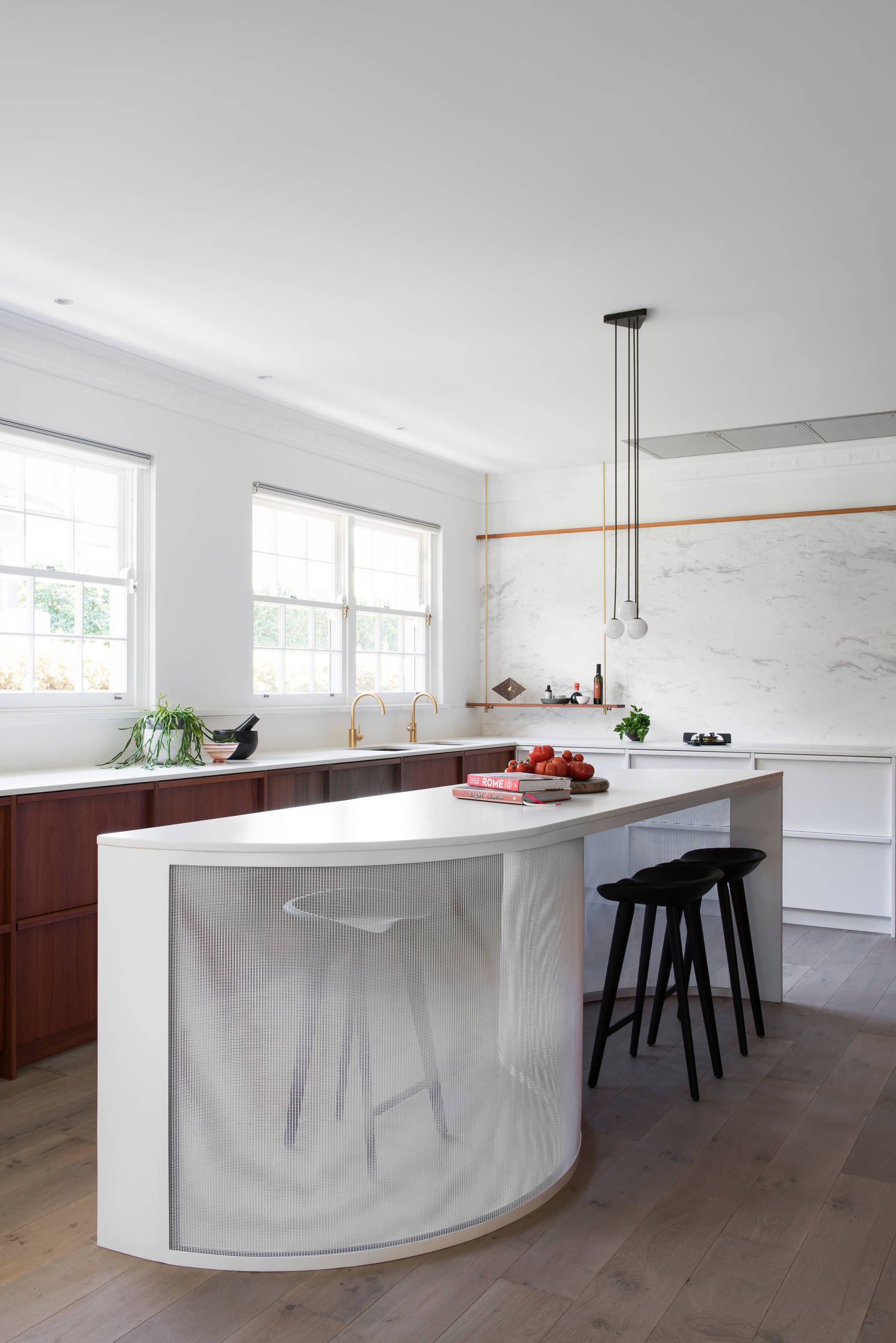
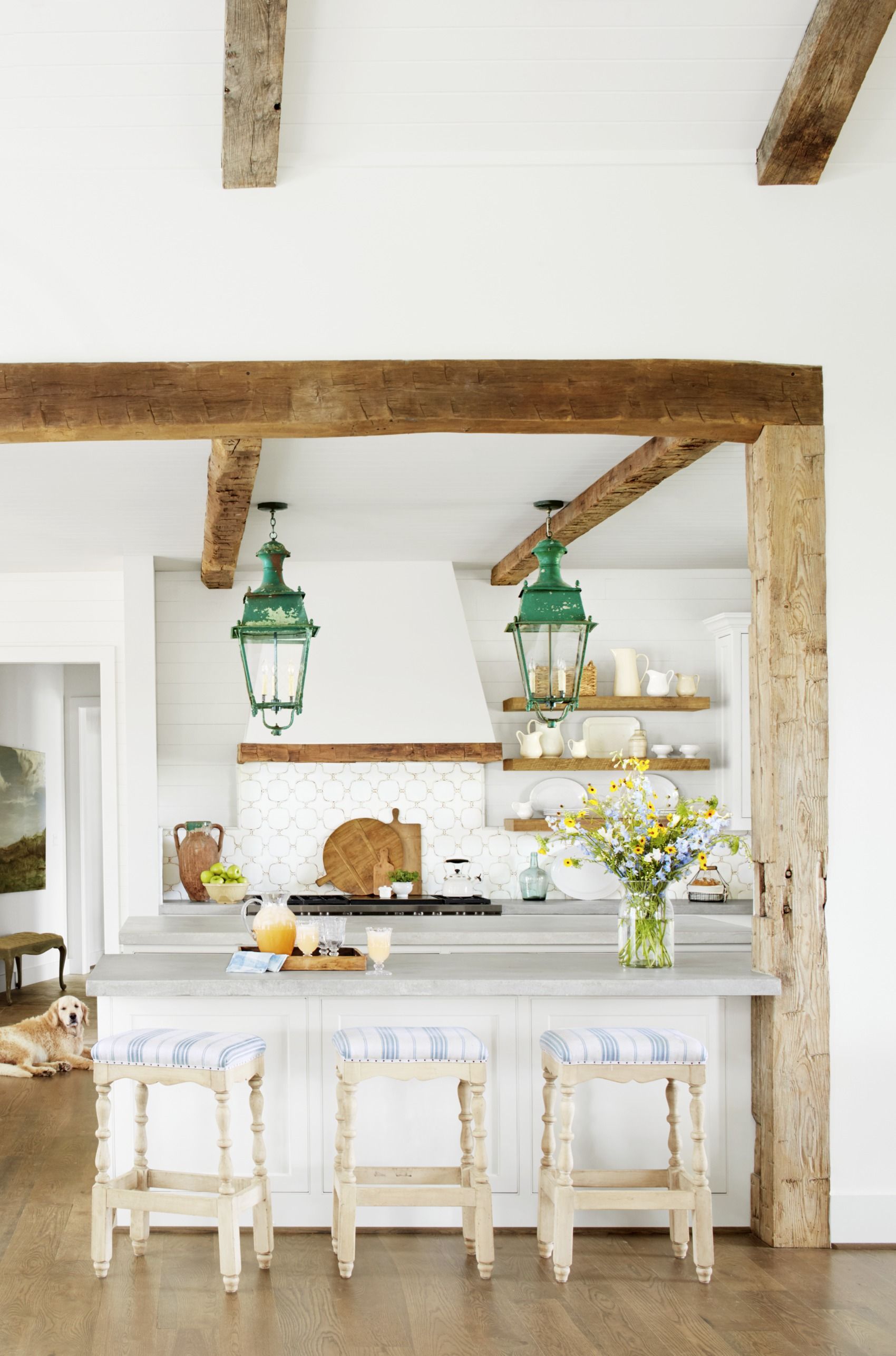


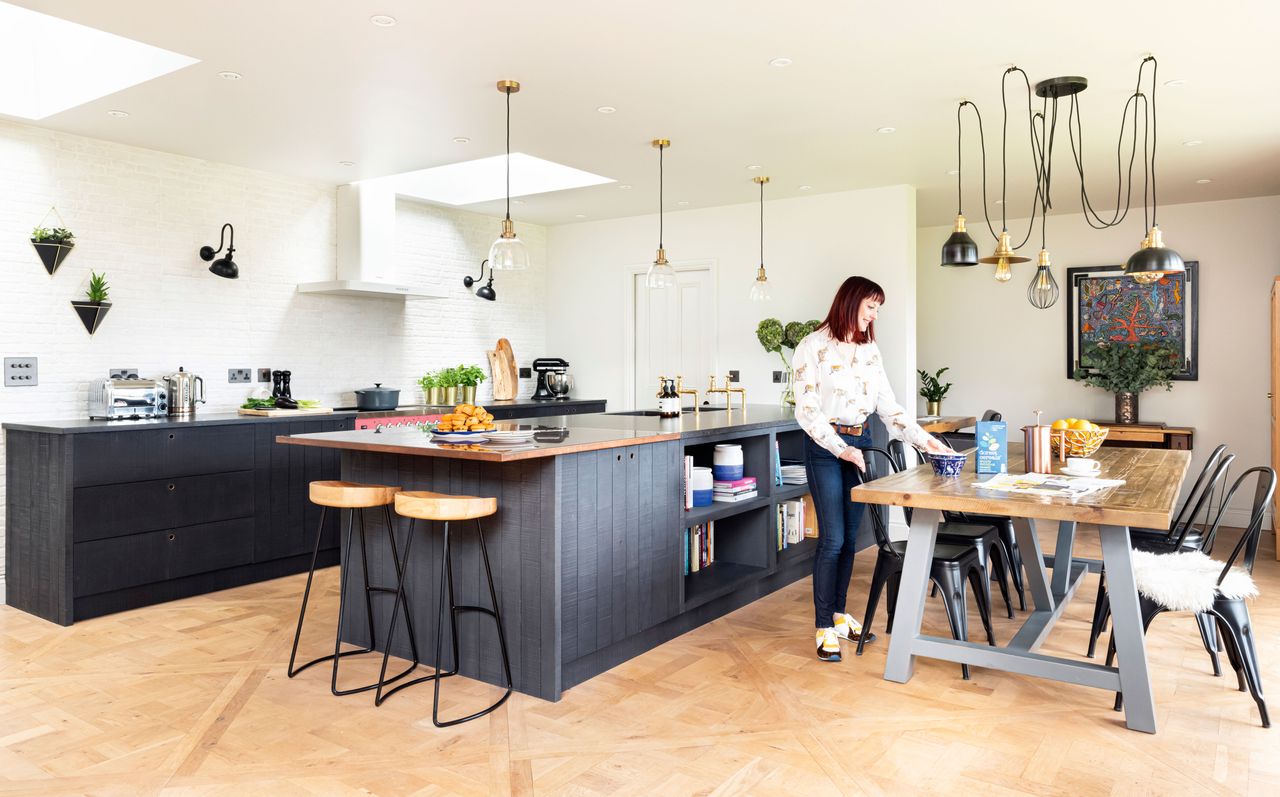
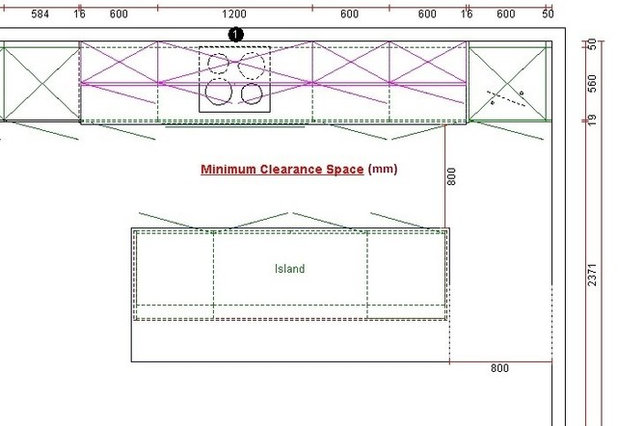


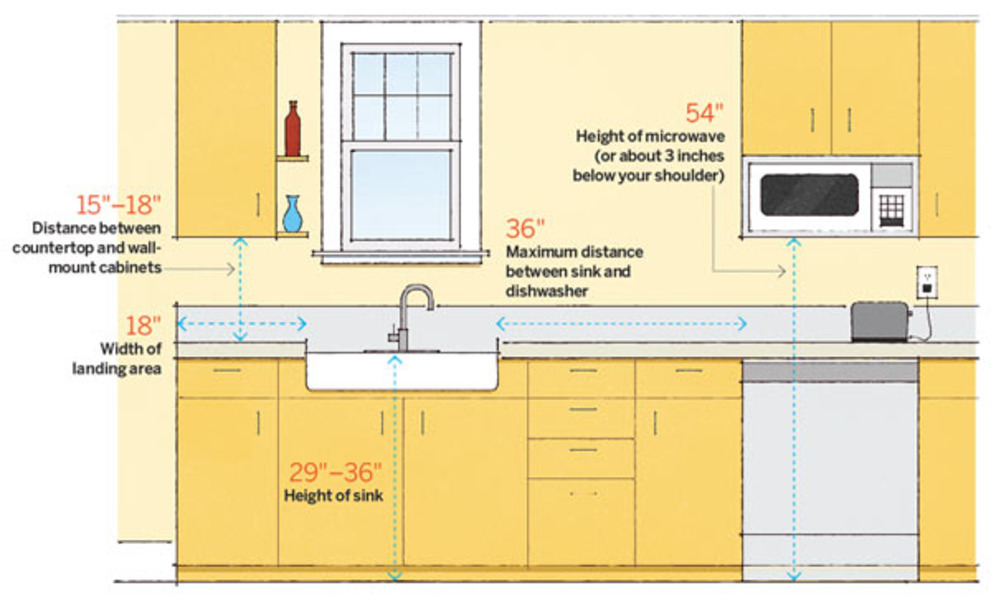

/gray-white-colored-kitchen-5658250b-37f14b71bd6a4b9fab49baddf8d4bb90.jpg)


